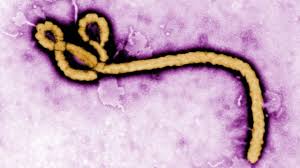Recently, The British Parliament made a groundbreaking decision that allowed the creation of what many call “three-parent babies.” A “three-parent baby” is a special form of in vitro fertilization (IVF,) or mitochondrial transfer and the technique involves replacing DNA in an egg in order to prevent devastating inherited mitochondrial diseases.
Scientist will first remove the nucleus of a healthy donor egg and then transfer the nucleus of an egg with damaged mitochondria into the body of that healthy donor egg. Therefore, when that egg is fertilized, it will have its normal complement of genes from both the parents, as well as a small amount of mitochondrial DNA from the healthy donor egg.
(The picture shows the process of creating a three-parent baby)
The government says that such a technique will enable women to avoid passing on malfunctioned Mitochondrial DNA that terrible conditions like muscle weakness, seizures, blindness, deafness, organ failure and even death.
At the first glance of the words “modified babies”, I am pretty excited; “yes! I am going to make my baby girl look like a Victoria Secret model!” And then I read on, the Mitochondrial DNA (mDNA) makes up about 0.1% of a cell’s total DNA, which means it does not affect individual characteristics such as appearance.
I think I am not very supportive of the UK government decision, and I don’t think I will practice such a technique on my own baby. I understand that many mothers with fatal diseases are looking to have healthy babies, but my question goes: Is mitochondrial transfer technique safe enough? When the baby is born, who should be her/his legit mother? Will such a law encourage the selling of the human egg?
So, what is your opinion on IVF? Please make your comments below!
For further reading:
http://www.nytimes.com/2015/02/23/opinion/the-three-parent-babys-first-step.html
Picture:
“How Mitochondrial Donation Involved in Three Parent Babies Works.” The Telegraph, 3 Feb. 2015. Web. <http://www.telegraph.co.uk/news/science/11385315/How-mitochondrial-donation-involved-in-three-parent-babies-works.html>.











